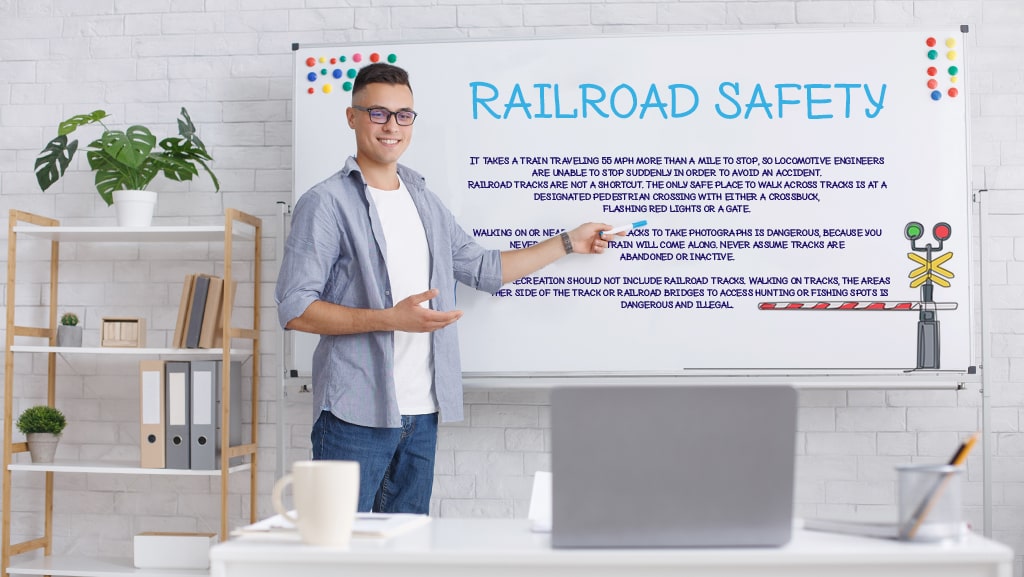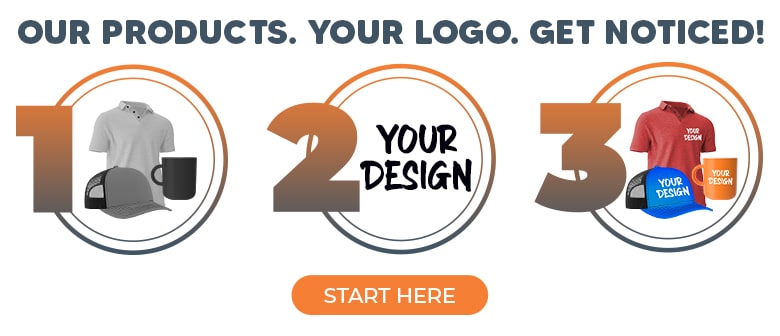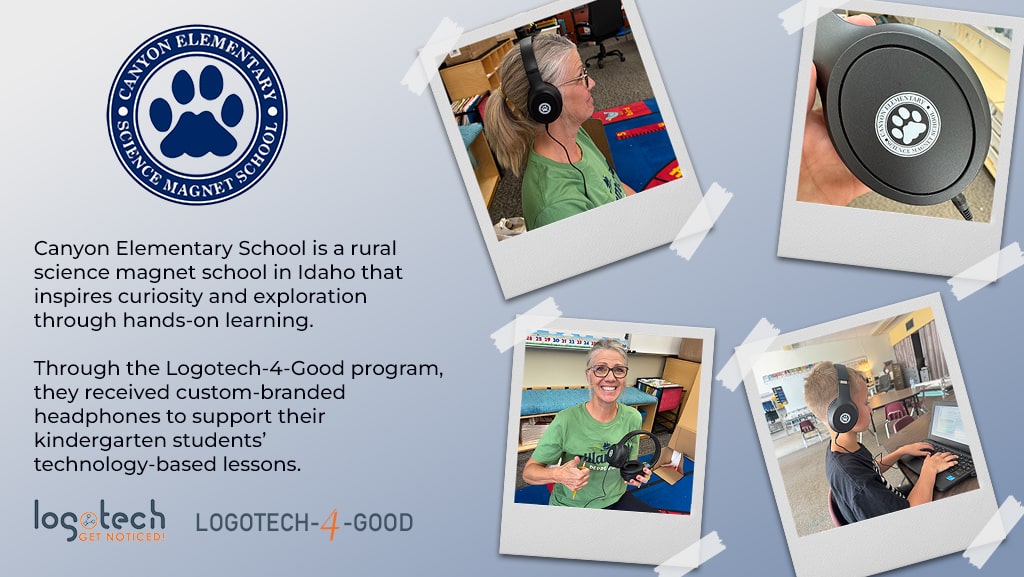
How to Boost Railroad Safety with Targeted Education Programs
Make Your Railways Safer with Educational Programs!
Railroad safety is an issue often overshadowed by other, more immediate concerns. Yet, the impact of rail accidents can be devastating, causing severe injury, loss of life, and significant property damage. Given this potential harm, measures to promote railroad safety should be a public priority. One way to reduce these dangers is through targeted educational programs. By arming people with the knowledge and skills to navigate around railways safely, we can reduce the likelihood of accidents. This article explores these programs and how they can make a difference in enhancing rail safety.
The Need for Targeted Educational Programs in Railroad Safety
Targeted educational programs are essential in increasing safety awareness and spreading critical information. Railways are ubiquitous, cutting through urban areas, rural landscapes, and everything in between. People of all ages and backgrounds interact with them regularly, but not everyone understands the inherent dangers or knows how to act safely around them. Providing the right knowledge can have life-saving consequences.
Education has always been a potent tool in preventing accidents. Changing how people perceive and interact with railways can create a safer environment for everyone. These targeted educational programs deliver knowledge, shape behavior, encourage safer practices and reduce preventable accidents.
What Are Targeted Educational Programs?
So, what exactly are these targeted educational programs? Unlike broad safety education, targeted programs address specific safety issues related to a particular group or context. For railroad safety, this means developing programs that cater to different demographics, considering their unique characteristics and needs.
For example, a program targeted at school children might focus on basic safety rules, while a program for drivers could emphasize the dangers of trying to outrun a train at a crossing. Tailoring the content and delivery method to the audience can effectively drive home the importance of railroad safety.
Key Elements of a Successful Railroad Safety Education Program
Audience-Specific Materials
The first crucial element is ensuring appropriate materials for the audience. Children, for instance, might benefit from colorful, engaging materials that capture their attention, while adults might prefer more detailed, factual information.
Relevant and Practical Content
The content must also be relevant and practical. Providing real-life scenarios and actionable advice can help individuals understand the risks better and equip them with the knowledge they need to respond appropriately in various situations.
Engaging and Interactive Delivery
Delivery is another key factor. Active participation, interactive games, and hands-on activities can make learning fun and effective, increasing the chances of the information being retained.
Collaboration with Key Stakeholders
Successful programs often involve collaboration with key stakeholders. Working with schools, community organizations, and rail companies can help reach a larger audience and provide more comprehensive training.
Utilization of Promotional Products
Finally, promotional products like safety brochures, flash drives, or branded toys can enhance the program's effectiveness. These items are a constant reminder of the safety lessons learned, reinforcing the message even after the program ends. Logotech offers a great selection of promotional products for railroads, which can be customized with your messaging and brand.
Benefits of Targeted Educational Programs
The benefits of these programs extend beyond imparting safety knowledge. They foster a culture of safety among individuals, making them more aware of their actions and their implications. By embedding safety consciousness into everyday behavior, we can drastically reduce the incidence of avoidable accidents. Moreover, a knowledgeable public is more likely to support railroad safety initiatives, contributing to an overall safer community.
Final Thoughts
In conclusion, targeted educational programs hold significant promise in improving railroad safety. These initiatives are not merely a transfer of knowledge but an investment in safer behavior and attitudes toward railroad crossing interactions. We should promote these programs and support their mission to safeguard our communities from preventable railroad accidents, ensuring the rails that connect us also protect us.
Frequently Asked Questions (H2)
Q: How often should rail safety education sessions be held?
A: Regular sessions, annually or biannually, can ensure updated knowledge and reinforced safety habits.
Q: Are there certifications or recognition for completing rail safety programs?
A: Some programs offer certificates or badges, boosting participant motivation and showcasing their commitment to safety.
Q: Can these programs cater to different learning styles?
A: Effective programs employ various mediums– videos, interactive sessions, hands-on demos– to cater to diverse learners.








